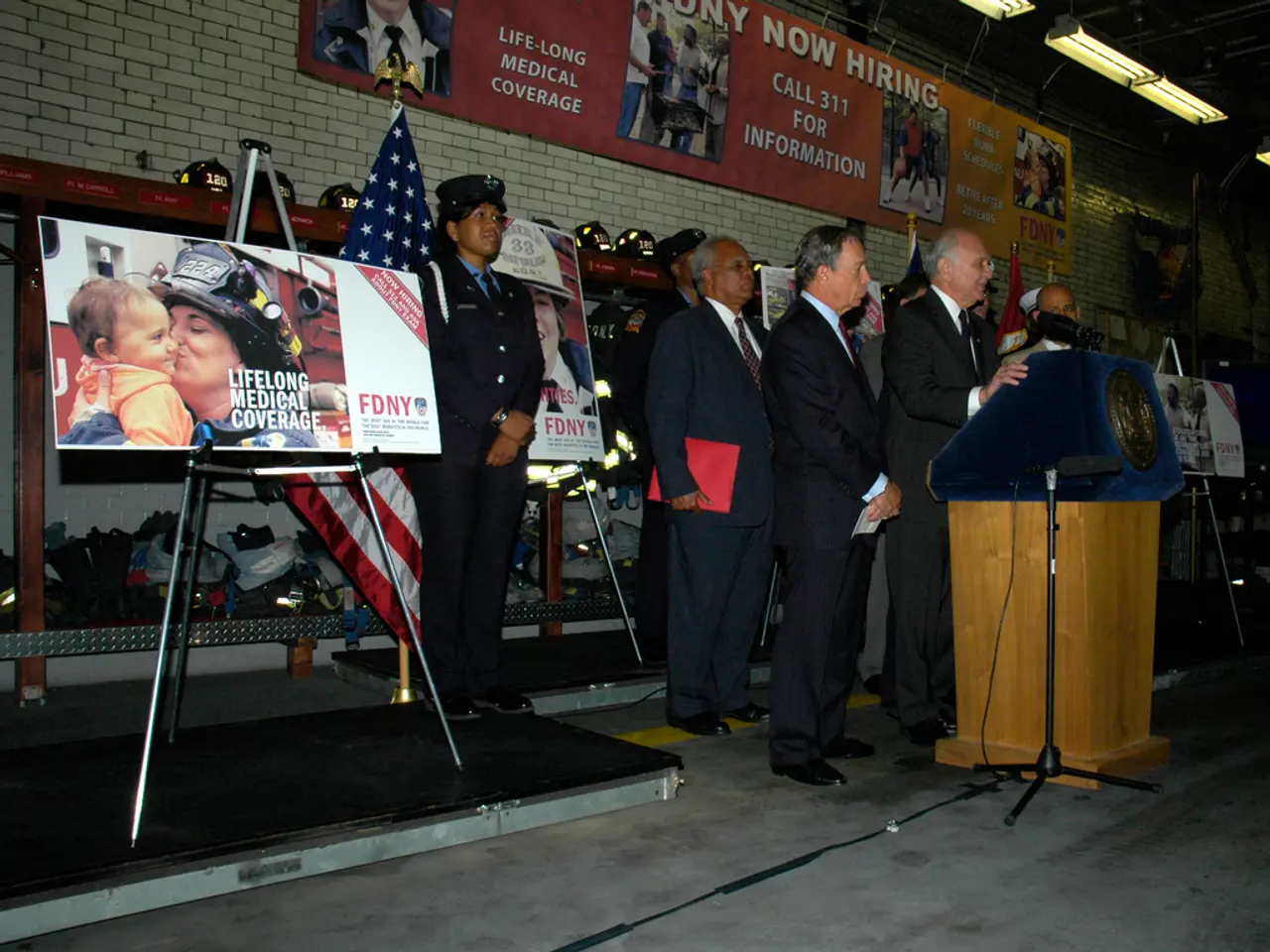Community Guidelines for Local Groups: Rules and Processes
In every well-run group or organisation, written policies and procedures play a crucial role. These documents provide transparency, accountability, and compliance, ensuring that everyone involved understands their roles and responsibilities, and the organisation operates efficiently and ethically.
Policies and procedures are organised, agreed-upon collections of decisions about ways of doing work within an organisation. Consistency is a dominant reason why a group captures its policies and procedures. They offer clear, step-by-step directions or practices for carrying out tasks or managing situations, ensuring consistency and clarity in operations.
The key elements to include in written policies and procedures are:
- Purpose and Scope: Clearly state the aim of the policy and explain why it was developed. Define who the policy applies to (e.g., all employees, specific departments).
- Detailed Steps and Instructions: Provide clear, step-by-step directions or practices for carrying out tasks or managing situations, ensuring consistency and clarity in operations.
- Legal and Regulatory Compliance: Ensure alignment with applicable laws, regulations, and industry standards to maintain ethical and legal adherence.
- Roles and Responsibilities: Specify who is responsible for implementing and complying with the policies, including designating compliance or security officers where relevant.
- Behavior Expectations: Set out acceptable and unacceptable behaviors or actions to guide conduct within the organisation.
- Consequences and Enforcement: Clearly state the penalties or disciplinary actions for non-compliance and how policies will be enforced consistently across the organisation.
- Training and Communication: Include provisions for training staff to understand and follow the policies, as well as effective communication channels to keep policies current and accessible.
- Review and Updates: Establish a process and schedule for regular review and updates to policies to reflect changing laws, risks, or organisational needs, along with communication about any changes.
- Documentation and Accessibility: Maintain a complete, written record of all policies and procedures to support clarity, accountability, and audit readiness.
Additional elements could include risk assessment (especially for security-related policies), fallback or contingency plans, and necessary tools or resources to implement the procedures effectively.
Policies and procedures should also cover issues and concerns, limitations, membership criteria, committee duties and responsibilities, meeting times, ethical operations, an equity or nondiscrimination clause, and job descriptions for board members. They should clearly define who are the officers and/or board members in the organisation and their job descriptions and responsibilities.
The procedures section should include specific information about meeting times, dates, and locations. They should outline how the group will address issues and concerns, patrol or monitor its activities, and provide for contingency or emergency issues.
The best way to ensure consistency and equality is to have written policies and procedures. The procedures serve as a training resource for new volunteers and a good place to outline how membership is notified (or not) of standing meetings and special meetings.
In summary, policies and procedures are essential for any organisation, providing clarity, consistency, and a roadmap for ethical and compliant operations. They ensure that everyone understands their roles and responsibilities, and the organisation operates efficiently and effectively.
- To ensure a consistent lifestyle and ethical operation within our organization, we should develop policies and procedures that cover areas such as fashion-and-beauty, food-and-drink, home-and-garden, and relationships.
- Our pet-related activities and practices must also be documented in our policies and procedures, outlining behavior expectations, roles and responsibilities, and guidelines for care and handling.
- As our organization values travel and exploration, it is crucial to include procedures for trip planning, safety guidelines, and ethical conduct while abroad in our written policies.
- In the interest of transparency and accountability, we should establish policies and procedures for car maintenance, shopping regulations, and procedures for the fair and efficient use of organisational resources.




